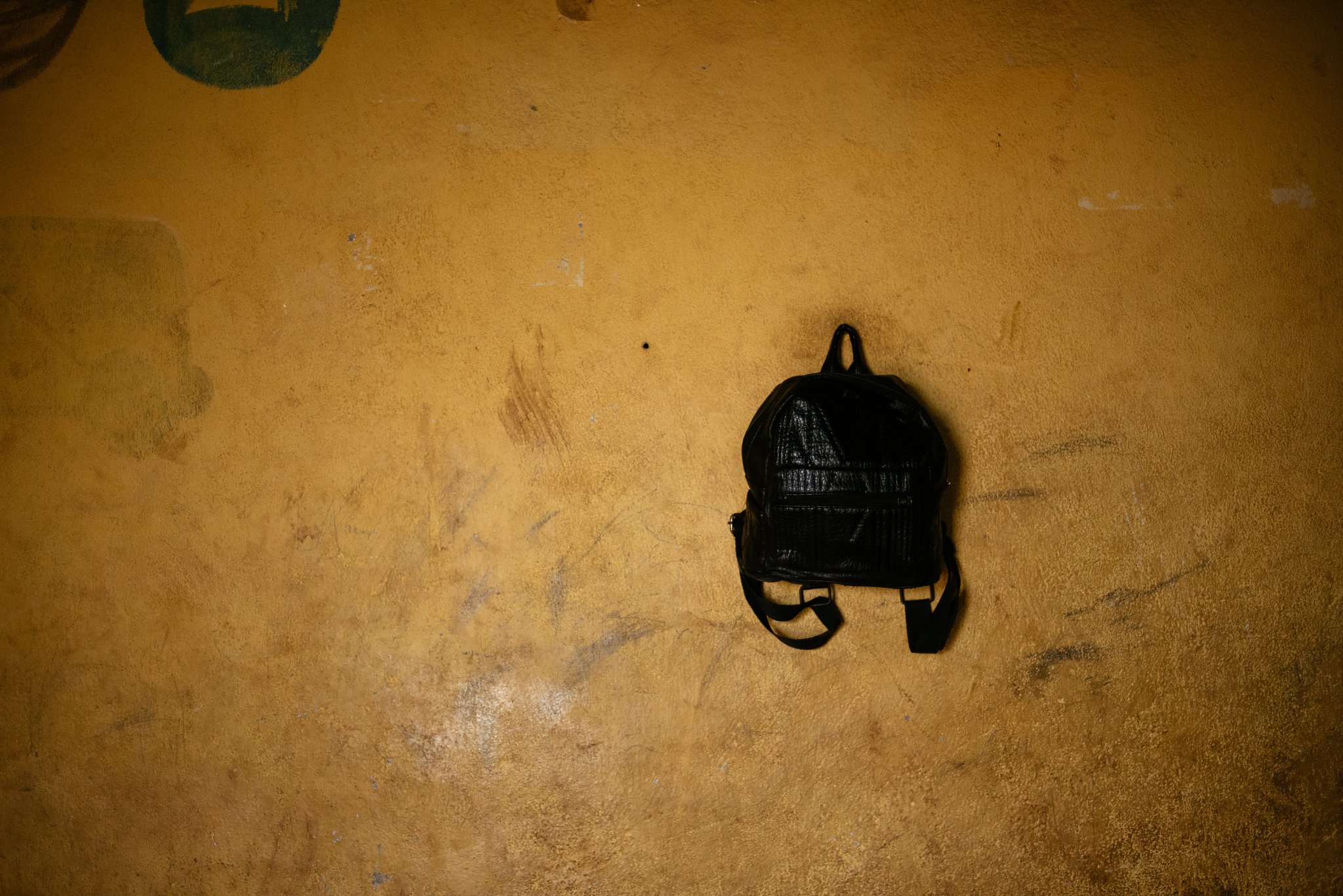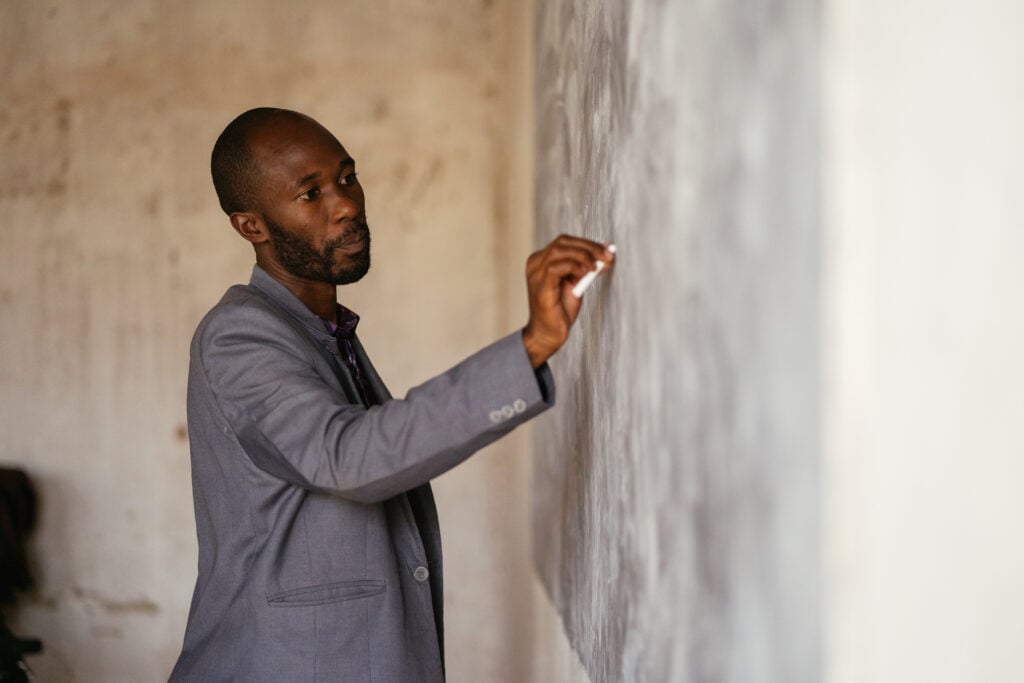It has been proven that education is a pathway out of poverty, however, the current state of global education reveals just how narrow and inaccessible this pathway is, especially to the world’s poorest populations. Millions of children in developing nations will never have the opportunity to even step into a classroom. See the challenge here specific to Sub-Saharan Africa.
To complicate the matter further, attending school is not always synonymous with receiving an education. Around the globe, there are currently 250 million students who are unable to read, write, or do basic math, despite having spent several years in school.[i]
Edify seeks to alleviate this global education crisis by improving and expanding education in developing nations. Because we aspire to create solutions, it is helpful to periodically take a step back to better understand the roots of the problem. What are the greatest obstacles in global education today? What factors prevent children from attending school, and when they do, from receiving a quality education? While this overview only scratches the surface of the problems that underlie global education, we hope this will provide a bird ‘s-eye view of some of the issues we are seeking to confront.
The Main Factors
Among others, some of the main factors that limit student access to education include:
- Lack of schools. Long distances from the nearest school prohibit many students from attending, especially for families in rural towns. In other places, there are simply no schools available. Fortunately, the basic lack of school has become less of a problem in recent years, thanks to sustained government efforts around the globe and the expansion of low fee independent schools!
- Financial obstacles. Even in a majority of public schools, education comes at the price of school uniforms, testing, gifts to teachers, and supplies. For other families, a child represents an extra pair of working hands that parents cannot afford to forgo. This is especially prevalent in nations such as Burkina Faso, where subsistence agriculture represents 90% of the labor force.
- Lack of teachers. Particularly in Sub-Saharan Africa, government efforts have led to skyrocketing enrollment rates in primary schools over the past 25 years. However, the growth in the number of teachers has not kept pace with these new attendees. With a surge in class sizes, instruction quality has suffered. In sub-Saharan Africa, the pupil to teacher ratio was 42:1 in 2012. [ii]
- Teacher Absenteeism. Not only are Latin American and African schools burdened by a shortage of teachers, but also teachers who are unavailable to their students. One study of a sampling of 16 rural Peruvian schools found that only 59% of class time was actually used, partly because teachers were absent for 21% of school days.[iii] Additionally, a study by the World Bank found that teachers in state-run primary schools in some African countries were absent 15-25% of the time.
- Lack of Training. Many teachers lack the qualifications to teach students. In Ethiopia, one study found that only 43% of lower primary school teachers were adequately trained and only a startling 1% of teachers in the Somali region were trained.[iv]
Towards a Remedy to the Global Education Crisis
In recent decades, the global community has become increasingly concerned about the state of education. Achieving universal primary education made the top of the list for the 2015 United Nations Millennium Development Goals, and many nations have made incredible progress in increasing primary school enrollment rates. Despite these astounding successes, the problems outlined above mean that millions of children are still denied their basic right to education. While there is no quick and simple recipe for curing the broken global education system, there are constructive steps that must be taken to move forward and which many organizations are taking.
- Contribute to helping train and motivate teachers.
- Equip teachers with educational curricula to provide better instruction.
- Provide ways for schools to expand and grow.
Edify seeks to be part of the solution. Since 2009, we have made loans and offered business and teacher training to over 1,900 schools in eight developing countries through our local organizational partners.
Read this recent article that highlights some of the needs of this demographic of schools and engage with some policy thinkers here.
We invite you to engage in the discussion! What are some of the main obstacles to education globally you have seen? What about in the United States?
Lauren Hulsey
About the Author: Lauren Hulsey was a communications intern with Edify in 2015. She currently works as staff of Campus Crusade at UCSD in San Diego, California. We are grateful for her time with Edify.
[i] “Education Challenges.” Global Partnership for Education. Global Partnerships for Education. Web. 16 June 2015.
[ii] “Lack of Teachers” A World At School
[iii] “Education in Peru.” The Middlebury Site Institute Network. Web. 18 June 2015.
[iv] Gebremedhin, Keffyalew. “Excellent UNESCO Report Identifies Heart of Ethiopia’s Education Problems.” The Ethiopia Observatory. 30 Jan. 2014. Web. 9 July 2015.



